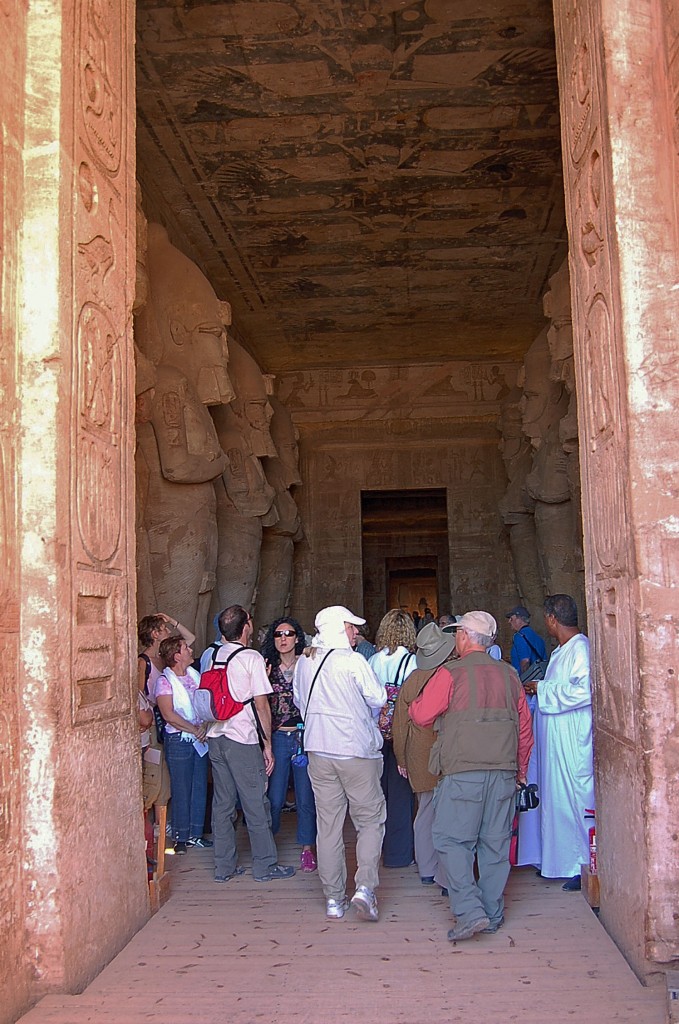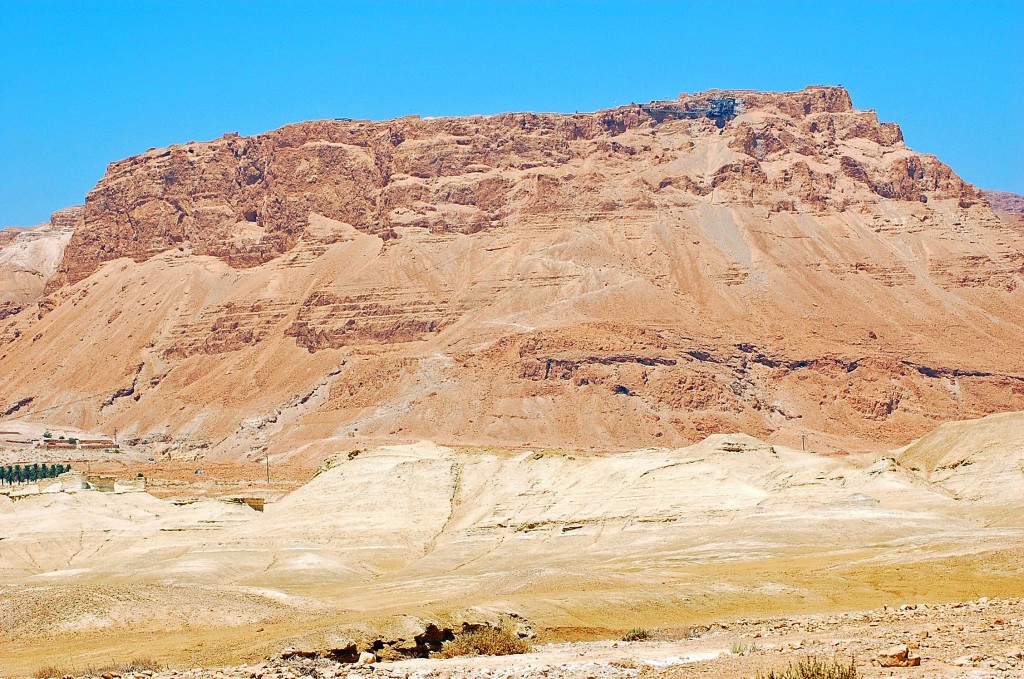Ramses II, called “Ramses the Great” by history, is the pharaoh most often associated with the Exodus of the Hebrews from Egypt under the leadership of Moses. Although Ramses lived for 90 years and ruled Egypt for 66, he could not get enough of himself. And so, throughout his reign he built one after another monument to himself, many surviving for more than 3,000 years thanks not only to the extraordinary technology of his age but to that of our own.
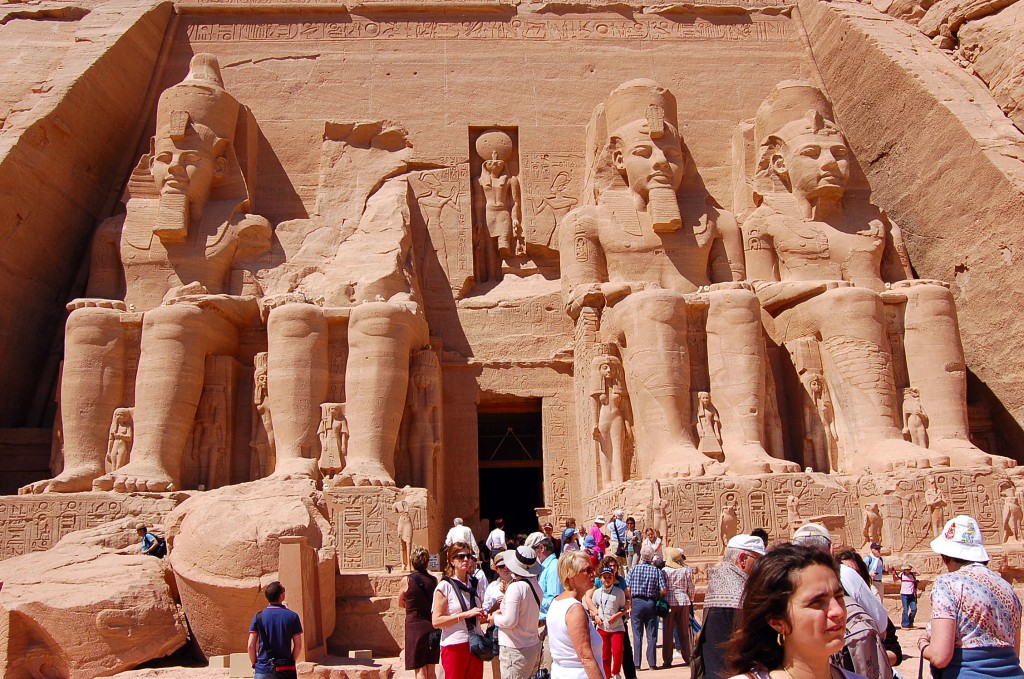
Before Luxor was a hotel, it was the capital of Egypt. There, Ramses built the Ramessuem, a memorial temple celebrating his immortal connection with Ra, his namesake the sun god. It was the largest building project since the Great Pyramid 1,500 years earlier. He also rebuilt an existing temple in Luxor, placing large statues of himself at the entrance so everyone would make the connection between him and the worship inside.
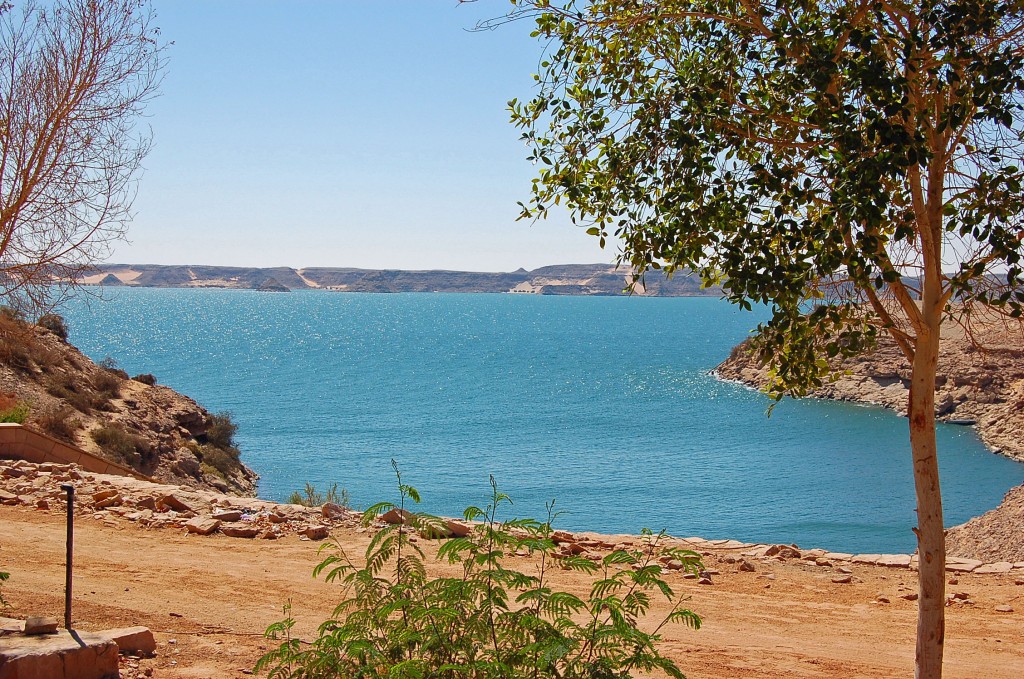
The most impressive monument Ramses built to himself is at Abu Simbel, then at the southern edge of his kingdom and now a short plane ride from Aswan. Skilled workers literally hollowed out a small mountain to create a multi-room temple both honoring Ramses and warning outsiders not even to consider invading a kingdom with such a powerful ruler. To make sure everyone got the message, four 65-tall seated statues of Ramses were cut from the mountain at the temple’s entrance. Just inside, in a hall honoring Ramses’ military exploits, eight columns also cut from the rock showed Ramses as the god Osiris. Rooms further into the mountain had more statues showing Ramses as a god. A temple to Nephertiti, the favorite of his many wives, was carved in a nearby mountain, showing her as the goddess Hathor along with other statues of Ramses.
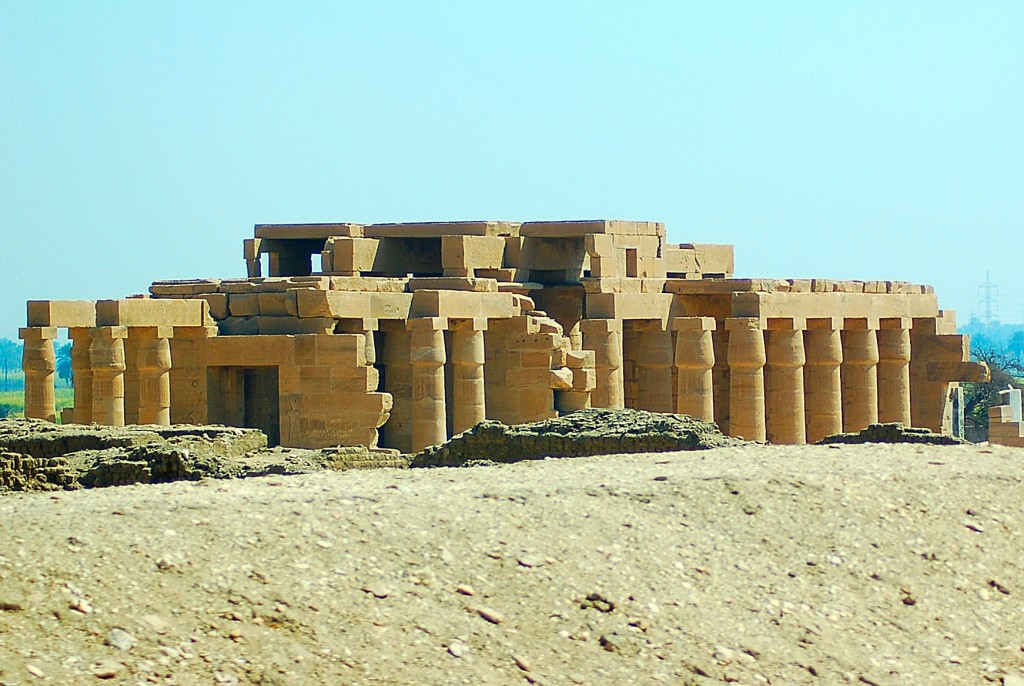
Today, the water of Lake Nasser, formed in the Nile River by the Aswan High Dam, nearly covers the mountains at Abu Simbel in which Ramses carved his temples. Archaeologists initially proposed giving underwater tours. Fortunately, some clever engineers had a better idea. Beginning in 1964, they cut the temples, statues and surrounding rock into more than 10,000 blocks, some weighing 30 tons. They moved the numbered blocks to a site 200 feet higher and 600 feet further from the Nile and re-assembled them using a metal dome for support, even faithfully recreating a fallen Ramses statue at the entrance. Forty million 1960s dollars later, the boundaries between the blocks are largely invisible and visitors not knowing the history often don’t notice anything out of place. Ramses II, the most prodigious builder in Egyptian history, would be proud.
